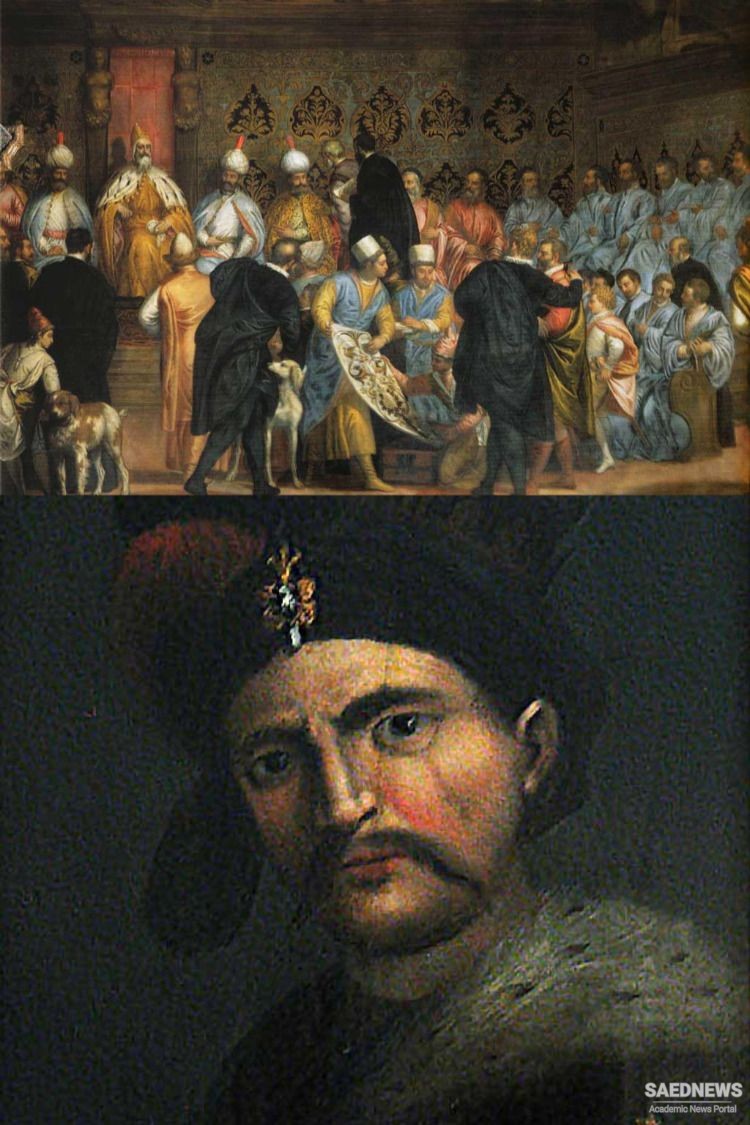The Safavids were not foreign invaders like the Arabs, the Mongols or Timur Lang. They rose to power from within Iran. In fact, Shah Isma'il I, the founder of the Safavid dynasty, was related through his father to the Turkmen dynasty that ruled Iran before them: Shaykh Haydar (Isma'il’s father) had married Uzun Hasan’s daughter Marta. The establishment of Shi'ism and the enhancement of a strong state by the Safavids had more significant social consequences than it did political ones.
The Ottomans and the ruling class of Iran were more affected by such a change than the non-Muslims. As far as the non-Muslims were concerned, the Shi'itization of Iran did not alter dramatically their lives. In fact, the most significant religious hostilities that followed the arrival of the Safavids were between Shi'ites and Sunnites. As in all periods of war between Muslim factions or nations, less animosity was shown to non-Muslims than in peace time. They suffered through the tumult like the Muslims, without their religion causing them significant problems in addition. Unfortunately, there are not many documents on the non-Muslims in Iran at this period, therefore it is very difficult to evaluate their situation during this period of religious disturbance.
The first Safavid monarch, Isma'il, was strongly attached to Islam, and like the Sunnites, viewed the non-Muslims as ‘infidels’. Nonetheless, he did not have the opportunity of his Sunnite predecessors, or even his father and grandfather, to cause havoc in the Christian Caucasus. Alvand, the sultan of the Aq Qoyunlu dynasty, had mobilized against him while he was fighting against the Shirvanshahs in the Caucasus. Therefore, in 1501 he had to return south. Husayni says that he plundered Georgia on his way back to the Araxes valley, where he was successful against Alvand.530 However, as he had to reach his destination swiftly, Georgia was spared destruction. Even his later campaign of 1522 in Tiflis, unlike the battles of his son, Tahmasp, did not leave an indelible mark in the memories of the Georgians. Therefore, it appears that Isma'il had to dedicate most of his time fighting other Muslims in order to impose his hegemony in Iran. In these conditions, Isma'il could not concentrate on warfare against Christian principalities, and was even less interested in harassing the non-Muslims under his rule, as he had not much to gain from it.
Shah Tahmasp followed in his father’s footsteps and invaded Georgia on several occasions. He led four campaigns against the Georgians between 1540 and 1554. On his first incursion in 1540, Shah Tahmasp’s army poured into Tiflis and plundered the city, taking women and children as captives. Gulbad, one of the chief nobles of Lawasun, converted to Islam in order to have his life spared, but all those in the fort of Birtis who did not convert to Islam were slaughtered. After plundering Georgia in 1546, Shah Tahmasp invaded the country again five years later and captured numerous Georgian nobles. He took many of them to his court, but had Lawasun Shir Mazan Ughali and Wakhush killed. He then made Kaykhusraw son of Qurqura governor of the Georgian territories under Safavid jurisdiction. In 1553 Shah Tahmasp sent a punitive expedition to Georgia and once again deported and eliminated a number of Georgian nobles.
The Chronicle of the Carmelites says that during these deportations, Shah Tahmasp carried more than 30,000 young men and women from Georgia to Iran. These deportations changed the ethnic composition of the Iranian army, court and population in general. From Tahmasp’s reign onwards until the end of the Safavid period, the royal guards and even the commander of the army was commonly chosen from among Georgians. This was a strategy to undermine the power of the Turkmen military aristocracy, which the Safavids perceived as a threat. As we shall see, the Safavid harems also held many Georgian and Circassian women who exerted much influence on the Shah and his viziers. All those Georgians who were enrolled in the army or given prominent positions at the court were forced to convert to Islam. The rest of them were allowed to maintain their religion and were tolerated, though they were labelled as gabrs (pagans) when they were resisting the Muslim invaders.


 The Post-Mongol and Pre-Safavid Period
The Post-Mongol and Pre-Safavid Period














































